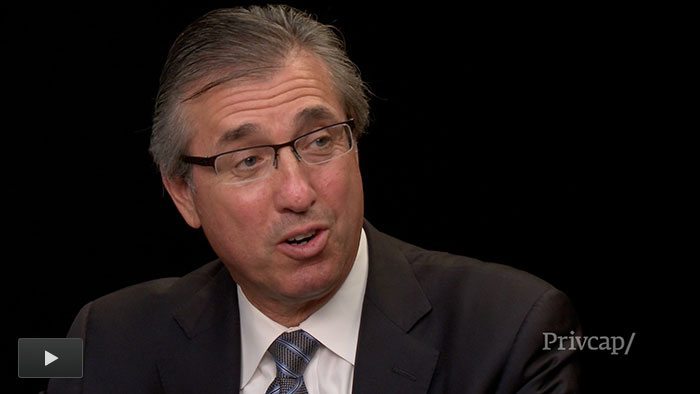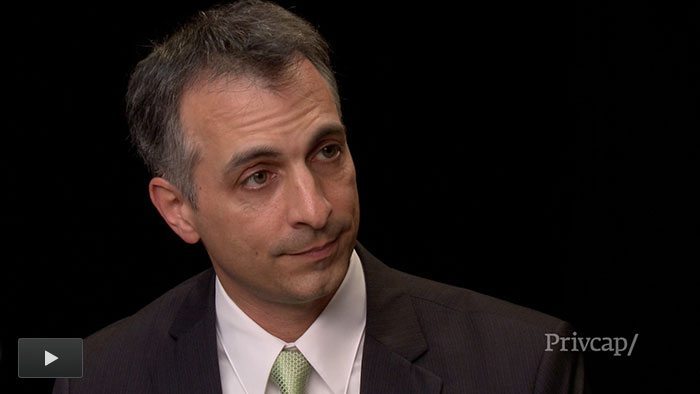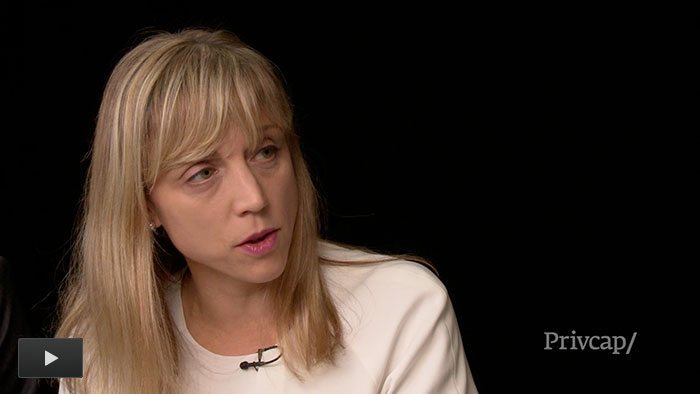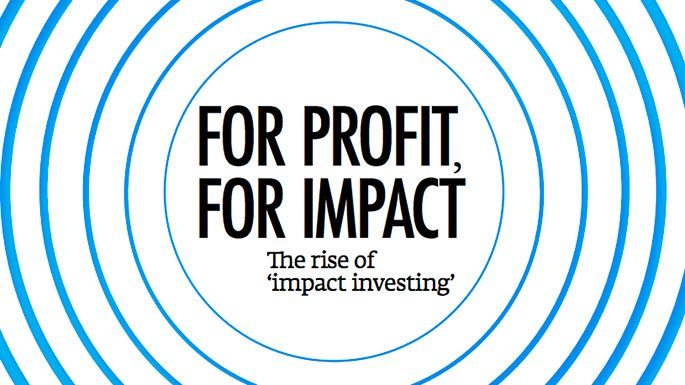Has Your Impact Investment Made an Impact?
Increasingly, investors want to understand the non-financial impact of their investments. But despite progress on reporting standards, challenges remain.
Delivering financial returns is hard, but measuring them is relatively easy—dollars in, dollars out. For investment strategies that incorporate environmental, social and governance initiatives, however, measuring results is far more complex. Investors who back these programs want financial reporting, of course, but they also want ongoing assessments of environmental, social and governance (ESG) issues and numbers to back progress on investments with “social” goals.
Whether ESG is confined to a firm’s risk-assessment and value-creation toolkits, or social impact is a firm’s core mission, the reporting challenges are similar—how do you measure things that are not always easy to quantify?
Growing AUM
Impact and ESG strategies are indeed growing in popularity within the private capital universe. Mainstream private equity firms, including the largest GPs such as KKR and TPG, have set up ESG programs that report those results to investors alongside the traditional financial details.
That move is largely about the bottom line, says Andrew Malk, a managing partner with Malk Sustainability Partners in La Jolla, California. He says that economic imperatives have driven private equity to become more “resource-efficient” businesses. As it becomes increasingly hard to create value in a portfolio company, firms are discovering that producing less waste, and using less water and energy, can have a material impact on investment returns.
“There also is a recognition that environmental, social and governance issues are becoming more important in your due diligence,” Malk says, as LPs become increasingly sensitive to things like reputational risk, and the financial fallout that can follow.
And limited partners aren’t the only ones asking for impact reporting. Many large enterprise customers for PE-backed portfolio companies are interested in environmental and social information from vendors. Companies like Walmart, Unilever and Dell, for example, want to see a commitment to these mandates throughout their supply chains. “As a supplier to those companies you are already seeing, and are more likely to be seeing, questionnaires or RFPs asking about your own labor, environmental and social practices,” says Malk. “If it’s going into your brand then it is part of your brand.”
Investing for Social Impact
A growing population of private investment firms, particularly in the emerging markets, have impact as a central mandate. A report from JP Morgan produced with The Rockefeller Foundation and the Global Impact Investing Network (GIIN) states that the global marketplace has earmarked some $100 billion for impact investments. That amount is estimated to grow to more than $400
billion over the next ten years.
Impact and sustainable business strategies are increasingly popular among high-net-worth investors. Many of the largest private banks, including at UBS, JP Morgan, BAML, Goldman Sachs and Morgan Stanley, have established platforms to serve clients who want to allocate capital to impact and related strategies.
Morgan Stanley, which just launched an Institute for Sustainable Investing, estimates that market size of the sustainable business opportunity as roughly $1 trillion. That’s a lot of sustainability to measure and report.
Standardization
Perhaps the biggest push for standards comes from the many development finance institutions that invest in emerging economies either directly or through fund managers. These DFIs have social impact as a primary focus of their investment programs.
For example, for development finance firms like CDC, employment numbers play an important role in their impact assessments. “One of our headline indicators is the employment that is supported and created by our investments,” says Alex McGillivray, Director of Development Impact with CDC Group in London. “That’s one of the things we really pay attention to when it comes back from the investee companies.”
Yet despite the momentum toward standardization, Adam Spence, Associate Director with MaRS Centre for Impact Investing in Toronto, points out the challenges: “One is having standards in place. Another [challenge] is being able to get adoption and another is being able to regularly produce and benchmark that data in order to show that actual impact is taking place.”
The standard that many are adopting is known as the International Finance Corporation (IFC) Performance Standards in Environmental and Social Sustainability. “It’s a metric most of the development finance institutions have adopted and in turn require their funds to adopt,” explains Zeller.
McGillivray of CDC Group notes recent efforts to enable companies to “sidestep” laborious and inconsistent reporting processes and to start inputting data directly into global information platforms like IRIS (Impact Reporting and Investment Standards), created by the Global Impact Investing Network. IRIS offers investors the opportunity to benchmark against peers and industry standards.
Zeller says, “IRIS is the only accepted framework across the impact investment industry, with the exception of the IFC standard. It is an effort to take all of these fragmented methodologies and combine them into one.”
GIIN has also teamed up on an analytics platform with B-Lab, a non-profit organization dedicated to solving social and environmental problems through business. One of B-Lab’s initiatives is to accelerating the growth of impact investing through use of B-Lab’s GIIRS Ratings and Analytics platform. “Think of it as an assessment, not unlike a fair trade standard or an ISO standard, but focused on impact,” notes MaRS’ Spence.
Social investors want to know the impact of their investments. But reporting on non-financial results is complicated.






